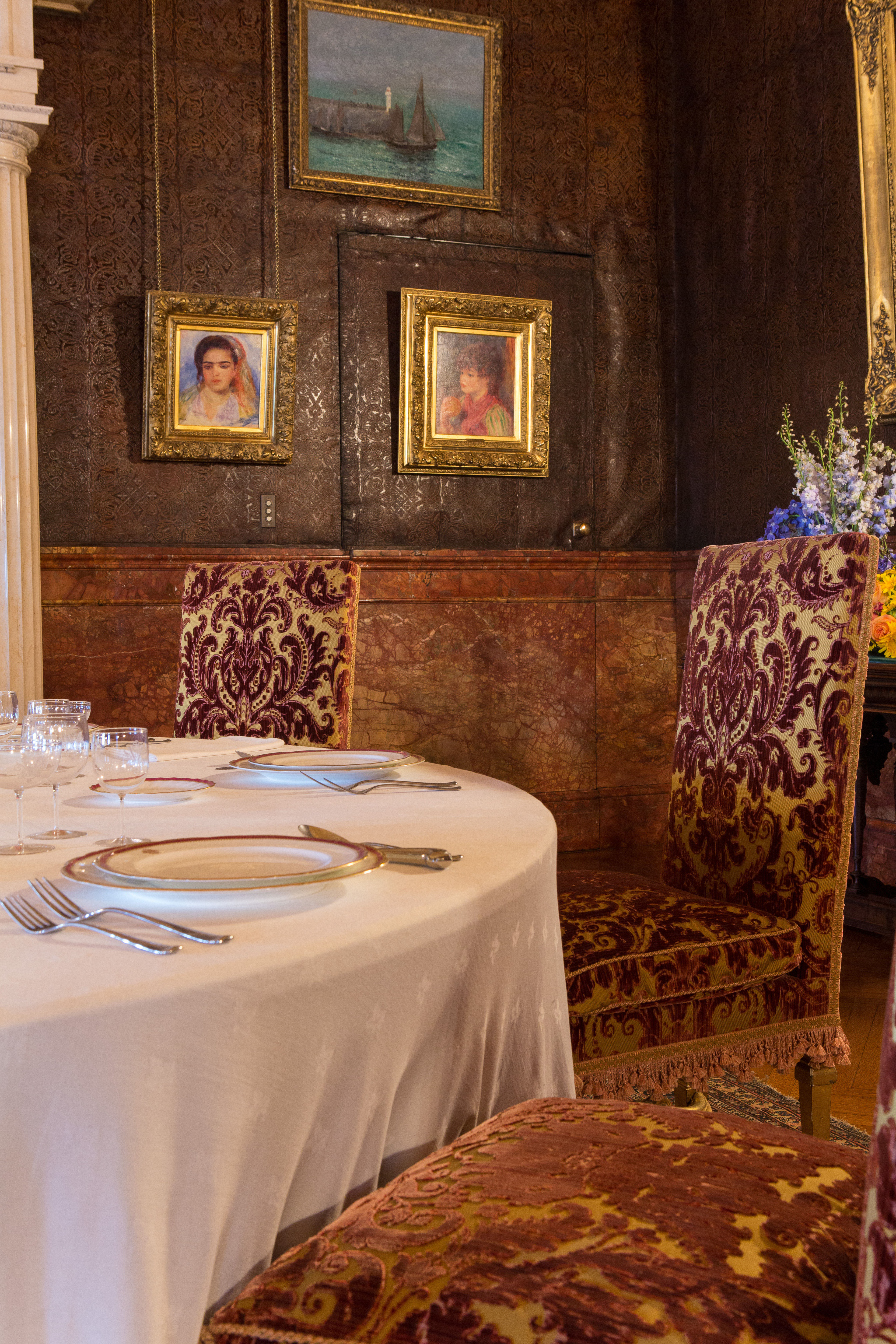4 Surprising Things You Didn't Know About Biltmore
By Asheville Insider

Just three miles from downtown Asheville, you’ll find yourself at the stunning entrance gate of Biltmore, an 8,000-acre estate that is home to America's Largest Home. This 250-room French Renaissance castle boasts 35 bedrooms, 43 bathrooms and 65 fireplaces.
While the sheer magnitude of this architectural gem may be surprising enough, there are even more surprises about Biltmore waiting to be explored.
From hidden doors to secret passageways to little known architectural details, here are four surprising things you may not know about Biltmore!
Plan your visit by checking out our full guide to Biltmore in Asheville.
Hidden Doors and Secret Passageways
 As you take your self-guided tour through Biltmore House, pay close attention. Hidden in plain sight are doors that were designed to blend seamlessly into the décor and lead to secret passageways. These passageways were designed to help George Vanderbilt’s guests and Biltmore staff navigate efficiently and privately from common areas to other rooms in the house.
As you take your self-guided tour through Biltmore House, pay close attention. Hidden in plain sight are doors that were designed to blend seamlessly into the décor and lead to secret passageways. These passageways were designed to help George Vanderbilt’s guests and Biltmore staff navigate efficiently and privately from common areas to other rooms in the house.
When you step into the Breakfast Room, pay close attention to the doorknob just below one of the two Renoir paintings in the room (pictured here). This door helped Biltmore staff to provide meal service.
In George Vanderbilt’s Library allow your eyes to follow the spiral staircases to the second floor of the room. The doors on either side of the overmantel helped guests to privately return to their second floor living quarters.
And in the floor of the Winter Garden, marble slabs conceal a trap door with a ladder. Today, this door is rarely opened except to allow for ventilation in the summer.
Acorns and Oak Leaves
Keep your eyes open and in nearly every room of the house you’ll be able to spot the image of acorns and oak leaves in the design. The acorn and oak leaves are motifs in the family crest and are said to represent strength and growth. Along with the acorns, you’ll often see George Vanderbilt’s initials.
An example of this imagery is on the copper flashing on the roof of Biltmore House – an area accessible with a behind-the-scenes Rooftop Tour.
Acorn sculptures also top the finials on the Grand Staircase inside Biltmore House.
Gargoyles and Grotesques
As you walk around the outside of Biltmore House, look up. Carved right into the Indiana Limestone used to construct Biltmore are gargoyles and grotesques. These stone features were carved by artisans as the home was being built during 1889-1895.
How are gargoyles and grotesques different? Grotesques are strictly ornamental. Gargoyles are decorative while also directing rainwater away from house.
There are nine gargoyles on the front of the house – seven of which are on the Grand Staircase Tower.
 Production Garden
Production Garden
Tucked away on the west side of the Estate is the backbone of the Estate’s field-to-table program: a production garden and working farm. From the beginning, George Vanderbilt envisioned Biltmore as a working estate and farm.
This garden supplies the Estate’s restaurants with fresh fruits, vegetables and herbs. Nearby is the Estate’s vineyard which produces grapes used to make Biltmore’s award-winning wines which you can purchase on the Estate at The Winery, the most visited winery in the United States.
While the production garden is not visible to guests, you are able to tour the vineyard on a Vine to Wine Tour.







